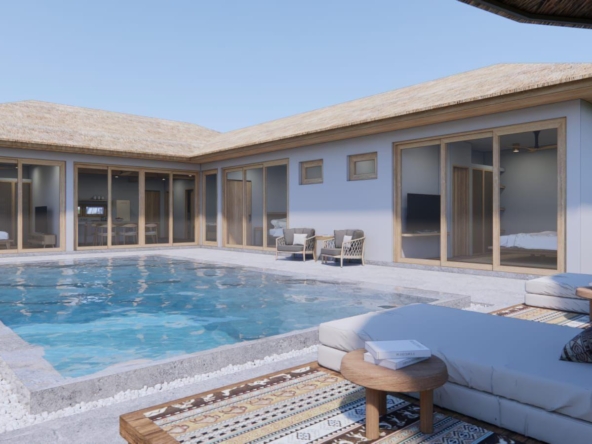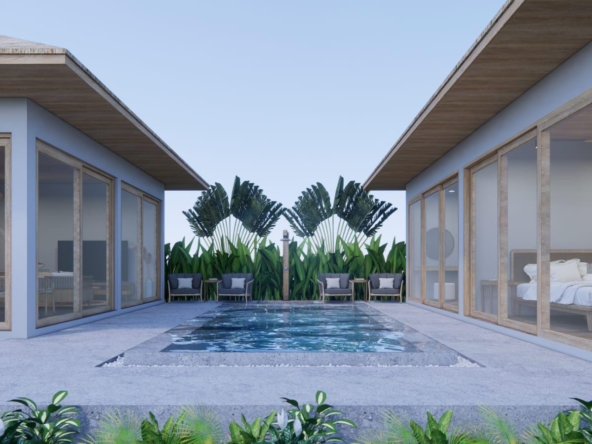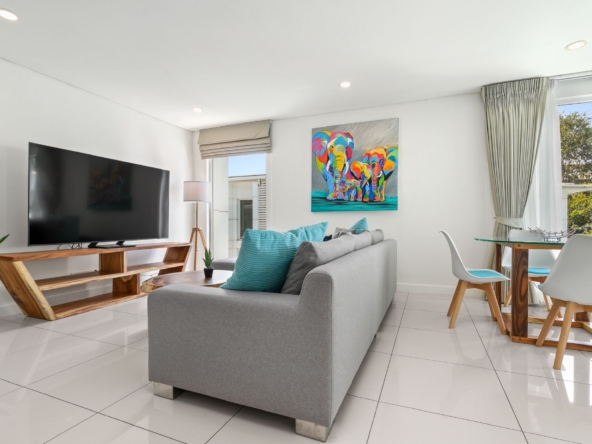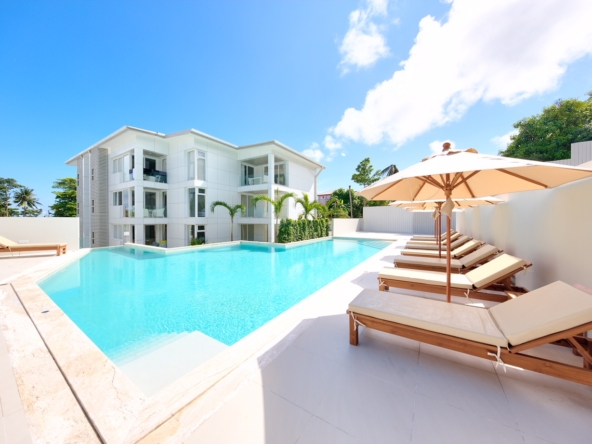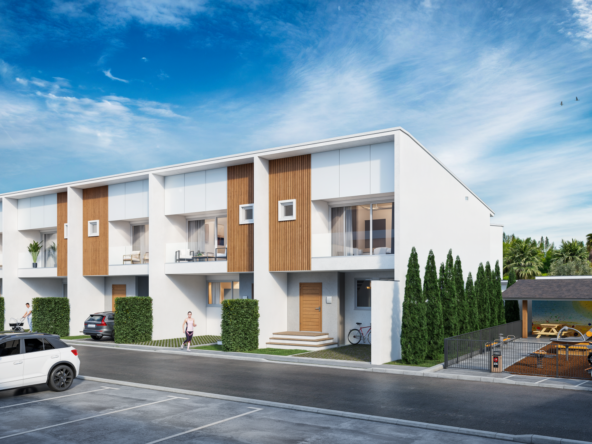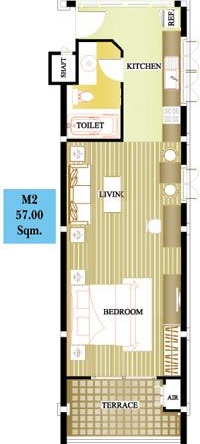The Essentials of Interior Design Styles
When furnishing a house, harmonizing design styles with individual preferences calls for thoughtful consideration. A homeowner enchanted by modern design might seek out stark, bold furnishings, whereas one drawn to the warmth and comfort of a traditional space might choose plush seating and ornate patterns. Those with a penchant for the eclectic might curate a mix of global artifacts, vintage finds, and contemporary art to tell their own story.
Embracing a specific theme can infuse a home with personality. A homeowner might favor the serene, balanced ambiance of an Asian theme, utilizing natural materials, smooth textures, and a jade-green color palette. Conversely, embracing a Victorian theme involves ornate furnishings, plush fabrics, and a rich color palette of burgundy, navy, and forest green to evoke opulence and grandeur.
When considering how to furnish your space, the type of housing you inhabit can significantly influence your design choices. Here’s a look at different types of housing and some considerations for each:
Villas
Villas often exude luxury and space, offering multiple rooms and expansive outdoor areas. Furnishing a villa allows for grandeur and opulence. Think large, statement pieces of furniture, rich textures, and a cohesive color scheme that ties indoor and outdoor spaces together. You might refer to traditional or modern styles, depending on the architecture of the villa. A villa can beautifully accommodate the rich, detailed elements of a traditional design or the sleek, open spaces of a modern aesthetic.
Condos
Condos, typically found in urban settings, require a more strategic approach to furnishing due to space constraints. Modern design works particularly well in condos, emphasizing functionality and a clutter-free environment. Multifunctional furniture, smart storage solutions, and a neutral color palette with occasional bold accents can help maximize space and create a stylish, sophisticated living area.
Townhouses
Townhouses offer a blend of single-family home privacy with the convenience of urban living. These homes can accommodate a variety of design styles, from traditional to modern. Focus on creating a cohesive look throughout the multi-story layout, using consistent color schemes and styles to enhance the flow from room to room. Eclectic designs can also work well, provided there is a thoughtful balance to prevent the space from feeling disjointed.
3 bed 3 bath Townhouses For Sale in Choeng Mon – HS0828
- ฿8,400,000
- Beds: 3
- Baths 3
 yes
yes- Townhouses
Apartments
Similar to condos, apartments benefit from modern, minimalist designs that maximize space. Opt for light colors to make rooms feel larger and incorporate multipurpose furniture. If you lean towards an eclectic style, choose smaller, unique pieces that can serve as focal points without overwhelming the space. Traditional elements can be incorporated through textiles and decor, adding warmth and character.
1 bed 1 bath Apartments / Condos For Sale in Chaweng – AS0013
- ฿2,800,000
- Bed: 1
- Bath 1
- Apartments / Condos
1 Bed 1 Bath Apartments / Condos For Sale in Bang Rak – HS0764
- ฿2,835,000
- Bed: 1
- Bath 1
 yes
yes yes
yes- Apartments / Condos
1 bed 1 bath Apartments / Condos For Sale in Bophut – HS0445
- ฿2,850,000
- Bed: 1
- Bath 1
- Apartments / Condos
Cottages
Cottages often have a cozy, charming appeal that pairs well with rustic or traditional designs. Emphasize comfort with plush furniture, warm colors, and natural materials. Cottage-style homes can also integrate eclectic elements, such as vintage finds and personal treasures, to create a uniquely inviting atmosphere.
Smart Furniture Selection
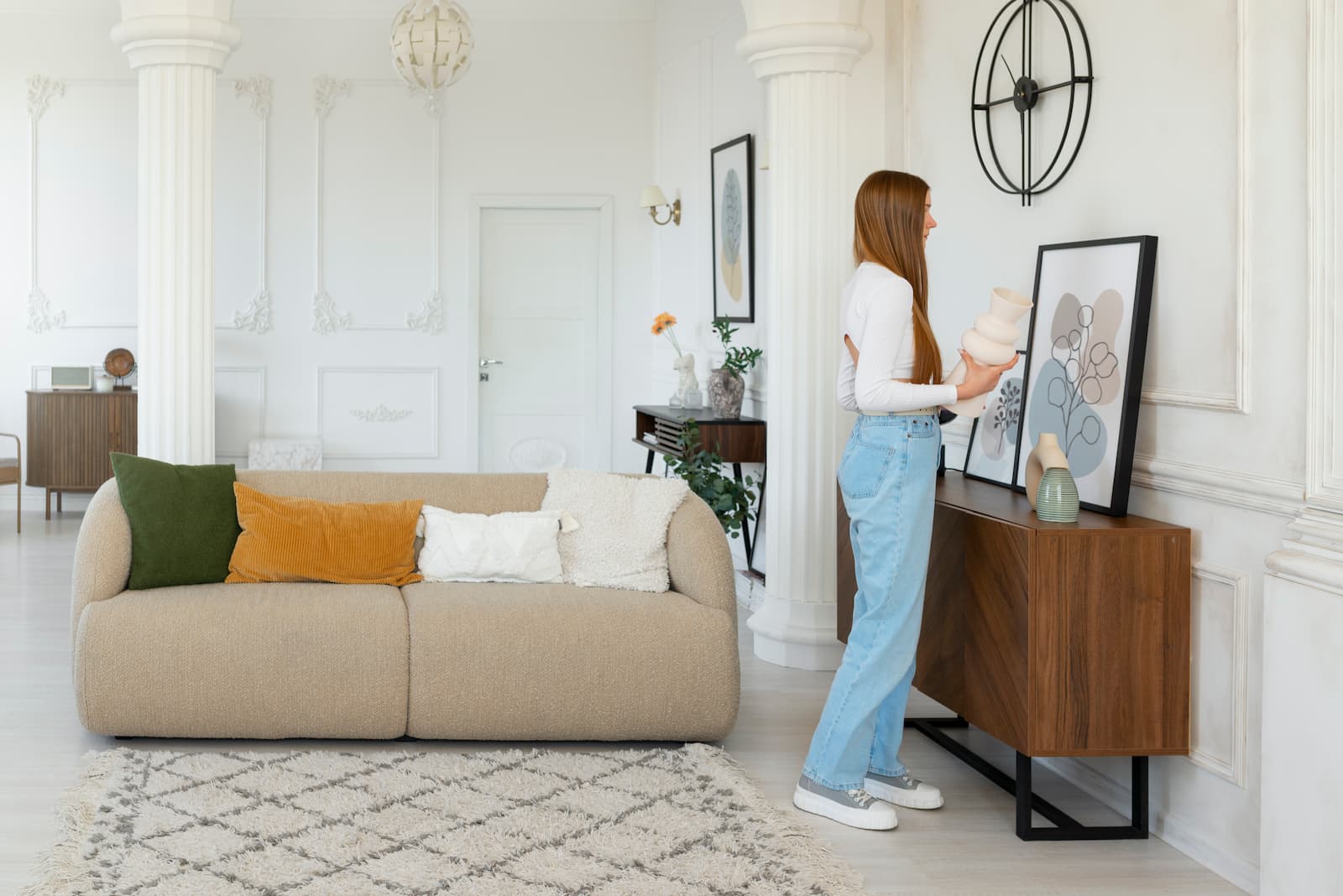
Discover the transformative impact of selecting the right pieces for your home. A sofa that beckons you to unwind paints a picture of comfort in the living room, while a robust table sets the stage for memorable dinners. Approach furniture shopping as an investment in your daily life, not just a momentary decision. Focus on the pieces that truly define a room: sofas, tables, beds, and chairs.
Choosing Furniture That Makes the Room
Begin by envisioning the piece’s role and how it complements the living space. Will the sectional facilitate social gatherings or recline invitingly for movie nights? The answers direct you to furniture that resonates with the rhythm of your household.
Purchasing Furniture That Lasts
Strike a balance between cost and quality – economizing on an item today should not entail frequent replacements tomorrow. Hardwood frames, high-density foam, and resilient fabrics pay dividends, outlasting pieces from lower-tier materials.
Furniture Selection Tips for Maximizing Space
- Analyze your living area and opt for multi-functional furnishings that serve various purposes – ottomans with storage or sleeper sofas, for instance.
- Employ visually lightweight furniture to avoid overwhelming smaller rooms. Glass tabletops or slender legs on couches can make the space seem larger than it is.
- Position tall bookcases or wardrobes to draw the eye upward, maximizing the perception of the room’s height.
Painting Your Palette: Color Schemes and Paint Choices
Envision walking through the door and being greeted by hues that whisk you away to a Victorian parlor or a tranquil Asian garden. The colors you choose for your home are more than just backdrop; they set the stage for life’s everyday acts. Whether you’re crafting the ambiance for a grand villa, a cozy condo, or another cherished space, thoughtful selection of color palettes is paramount.
Setting the Room’s Mood with the Right Colors
Dive into the colors that speak to you. A splash of sapphire might evoke serenity in your living room, while a dollop of sunflower yellow could infuse your kitchen with morning cheer. Each color has the power to influence emotion and behavior, shaping the character of every corner in your home.
Understanding Color Theory and Paint Options for Each Room
Begin with the basics of color theory to master the mix; harmonious color schemes can emerge from complementary, analogous, or monochromatic shades. Venture beyond the eye-catching primary colors to discover a spectrum of possibilities. In the bedroom, perhaps opt for calming pastels, while the dining area might call for bold, appetizing reds or elegant grays.
Creating a Cohesive Home Color Scheme
Consistency is key when stitching together a cohesive color narrative across your dwelling. Consider how shades transition from space to space, creating a tapestry of colors that flows seamlessly. Pair this with understanding the function and size of each room. Lighter palettes can make small rooms feel larger, while darker tones add depth and definition to more spacious areas. Reflect on the mood you wish to manifest, and let color become your canvas as you bring your home’s story to life.
- French Country Theme: Delicate taupe and soft greens breathe life into a French Country feel. This theme embraces light, airy colors that reflect the rustic yet elegant charm of the French countryside. Think of creamy whites, gentle yellows, and mud blues that create a serene and inviting atmosphere.
- Royal Victorian Flair: The opulence of deep purples and rich reds can transform spaces with a Royal Victorian flair. This theme thrives on luxurious and dramatic colors, accented with gold and deep jewel tones. It’s perfect for adding a touch of regal elegance to your home.
- Asian-Inspired Theme: An Asian-inspired theme may harness the zen of muted neutrals complemented by splashes of jade or coral. This style is often characterized by its simplicity and balance, using natural colors and elements to create a peaceful and harmonious environment.
Flooring: The Foundation of Room Décor
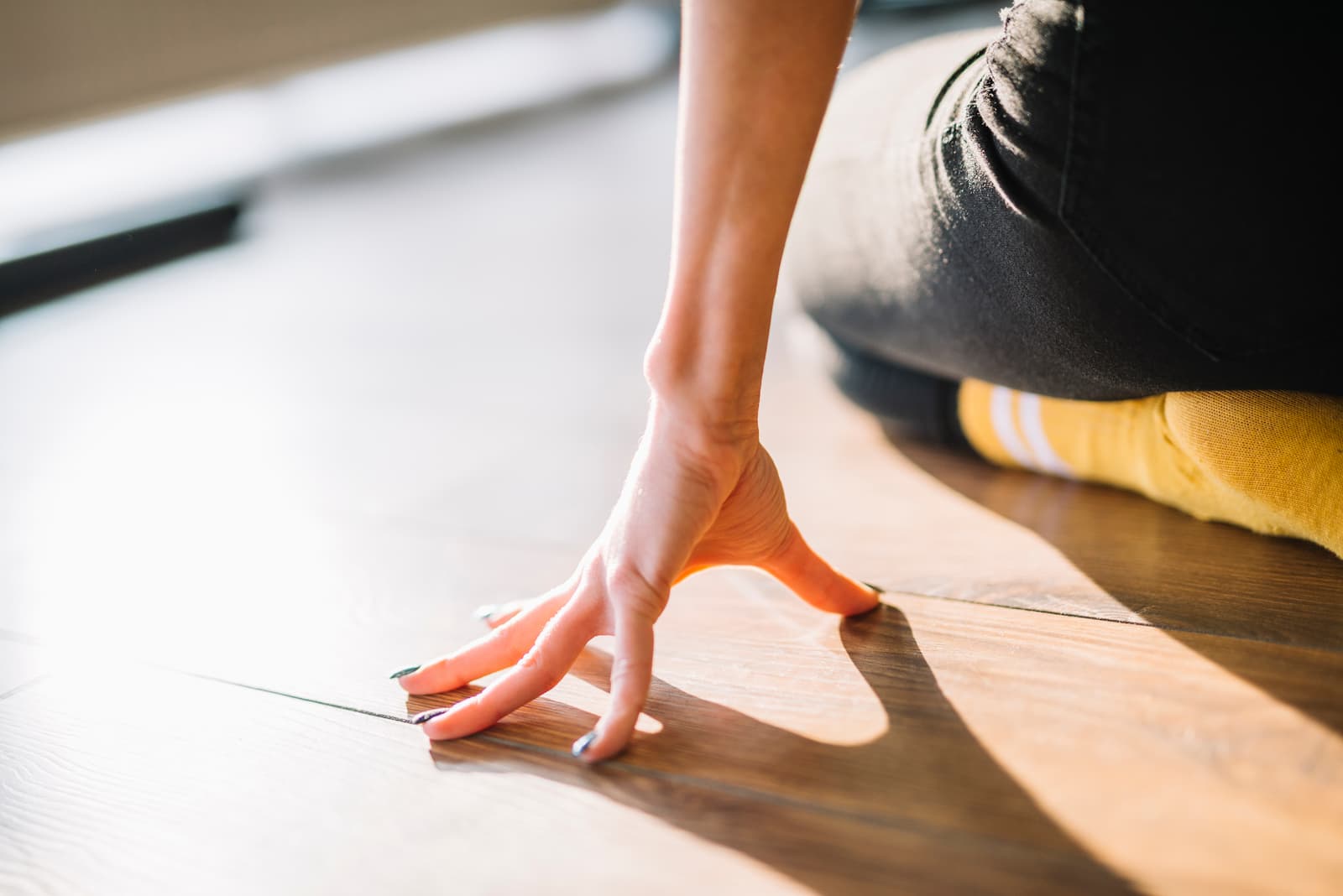
Recognize flooring as more than just a surface to tread on; its choice dictates the tone and ambiance of a room. Delving into options like hardwood, tiles, and carpets allows for a bespoke approach tailored to each living space. The allure of gleaming hardwood floors lends a timeless elegance, while tiles offer versatility and ease of maintenance. Carpets, cozy underfoot, bring warmth and can act as a sound buffer in active areas.
Exploring Flooring Options
- Hardwood brings a classic, warm look to a space and can endure decades when well-maintained.
- Tiles present a durable, moisture-resistant choice, ideal for kitchens and bathrooms.
- Carpets offer comfort and thermal insulation, perfect for bedrooms and living areas.
Considerations for Durability, Comfort, and Room Usage
Selecting flooring demands a keen eye on durability, especially in high-traffic zones. A busy household with pets and children might lean toward laminate or vinyl for their resilience. Comfort is paramount in private sanctuaries such as bedrooms, where plush carpeting can be a luxury for bare feet. Analyzing room usage guides the choice; moisture-resistant options are best for bathrooms, while living areas may benefit from the warmth of hardwood.
Balancing Aesthetics and Functionality in Flooring Choices
The balancing act of aesthetics and functionality emerges as a fundamental aspect of interior design. Visual appeal must meet practical needs without compromise. A sleek hardwood floor enhances spaciousness and grandeur, while patterned tiles can become a room’s focal point. In spaces for relaxation, the tactile pleasure of a soft carpet may outweigh the sleekness of bare floors. By assessing room function alongside personal style preferences, the flooring selection can elevate the home environment both visually and experientially.
Let There Be Light: Lighting Fixtures and Their Placement
The ambiance and practical utility of any room are transformed by the thoughtful placement of lighting fixtures. Different styles and intensities of light can drastically alter the mood, perception of space, and even the efficiency of daily tasks. From the soft glow of a table lamp to the bright wash of a ceiling floodlight, lighting choices can make or break the functionality and aesthetic harmony of a living space.
The Impact of Lighting on the Ambiance and Practicality of a Room
Lighting does more than help you see; it creates an atmosphere. Consider how the warm light of a fireplace can make a room feel cozy, whereas bright white lights can render a space energized and conducive to concentration. Homeowners should therefore tailor their lighting choices to the activities that will take place within each area.
Types of Lighting Fixtures to Consider
- Ambient Lighting: Chandeliers, ceiling or wall-mounted fixtures, and LED downlights contribute to the overall illumination of a space.
- Task Lighting: Desk lamps, under-cabinet lights, and pendant lights provide enhanced illumination for specific tasks such as reading or cooking.
- Accent Lighting: Track lighting, picture lights, and wall sconces highlight architectural features or artwork and contribute to the mood and style of the room.
Strategically Placing Lights for Aesthetics and Utility
When placing lighting fixtures, balance is key. A room should have a combination of light sources at different levels to create a flattering ambiance. For instance, combining high-hung pendant lights with lower wall sconces can give a room both a wash of ambient light and pockets of shadow for dramatic effect. Placing task lighting where activities require it ensures optimal functionality; for example, a reading lamp next to an armchair or pendant lights above a kitchen island.
Remember that the right lighting can enlarge a space, highlight decorative elements, and allow for the flexibility to adjust the mood as needed. When furnishing a house, lighting should never be an afterthought, as it’s instrumental in bringing together the vision of your home’s design.
Fabrics and Textures: Textiles and Soft Furnishings
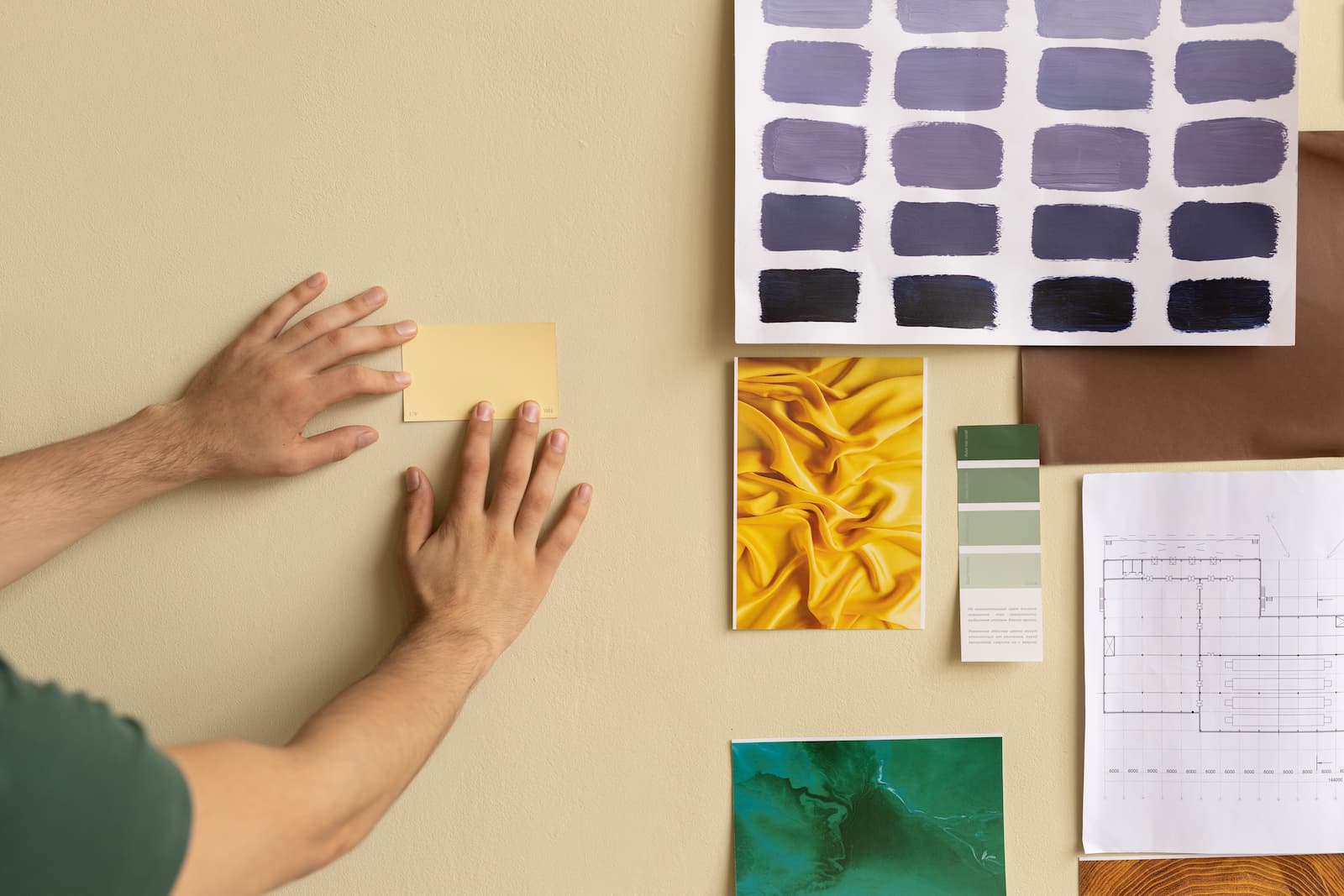
Envelop your space with the allure of fabrics and textures, creating a sanctuary that not only reflects your style but also offers comfort and warmth. Soft furnishings like curtains, cushions, and throws can introduce a sensory experience, an array of colors, and a tactile variety to every room.
Adding Layers and Warmth with Curtains, Cushions, and Throws
Dress your rooms with luxurious curtains that frame windows and cascade elegantly to the floor, contributing both aesthetics and insulation. Cushions serve as splashes of color and support, transforming sofas and chairs into inviting retreats. Throws, with their plush weaves, can drape gracefully over a reading chair or the foot of a bed, readily offering warmth on a crisp evening.
Selection and Maintenance of Textiles
When selecting textiles, consider both form and function. Opt for fabrics that complement the room’s character while offering durability and ease of cleaning. Natural fibers like cotton and wool excel in breathability and comfort, while synthetic alternatives can provide stain resistance and vibrant color steadfastness. Regular maintenance, including proper washing and prompt stain removal, preserves the beauty and longevity of your textiles.
Seamlessly Integrating Textiles into Your Overall Design
To achieve a cohesive look, integrate textiles into your overall design by aligning their colors and patterns with the room’s overarching theme. Whether you’re complementing a beach-inspired vibe with serene blues and sandy hues or enriching a modern space with bold geometric prints, the right textiles can unify and elevate your interiors.
- For a sophisticated and tranquil ambiance, consider blissful silky textures or soft velveteen.
- To make a statement, use a rich tapestry or embroidered accents that speak volumes about your personal flair.
- In child-friendly zones, durable and washable fabrics in playful motifs create a fun and practical environment.
By carefully selecting and maintaining your home’s fabrics and textures, you craft an environment that delights the senses and stands the test of time.
Personal Touches: Art and Decor Accessories
Transform a house into a home with unique art and decor accessories that reflect your personality. Paintings, vases, sculptures, and other decorative objects give life to your space, creating an environment that speaks to your preferences and life experiences.
Accentuating Spaces with Paintings, Vases, and Sculptures
Strategically placed art pieces can turn empty walls into a narrative of your aesthetic tastes. For instance, a bold abstract painting positioned above a sofa anchors the living space and injects vibrancy. Similarly, vases and sculptures have the power to complement the architecture of the room, lending a three-dimensional aspect to your decor.
Tips for Selecting and Positioning Decor Accessories
When choosing decor accessories, consider the scale of the pieces in relation to the room. A large statue in a small room may overwhelm the space, whereas too many small trinkets on a large mantelpiece can look cluttered. Balance is key, so mix different sizes and shapes to create a harmonious visual flow. Positioning art at eye-level often brings the best engagement, while vases and sculptures can guide the eye through a space or become a focal point on a console table or shelf.
The Role of Personal Taste in Choosing Art
Your choice in art provides guests with a glimpse into your world. Feel free to break traditional rules and follow your instincts. If a piece of art resonates with you, it will likely fit within your space and tell a story about who you are. It’s possible to mix classical pieces with contemporary in a way that’s both eclectic and cohesive when done thoughtfully. After all, the art you live with is a daily source of inspiration and comfort, so make it something you love.
Dressing the Windows: Stylish Window Treatments
Transforming the dynamics of a room can be as simple as updating the window treatments. From the soft elegance of drapery to the sleek functionality of blinds, the choices available cater to diverse needs and aesthetics.
Exploring Window Treatments: Blinds, Shutters, and More
Whether seeking privacy, controlling sunlight, or simply adding an aesthetic touch, window treatments like blinds and shutters are both practical and decorative. Blinds come in a range of materials, including wood, faux wood, and aluminum, offering a clean and adjustable solution for light control. Shutters, with their traditional charm, add value and style, making them a worthwhile investment for any home.
Impact of Light Control on Room Aesthetics
Light plays a crucial role in setting the mood of a room. The right window treatments can soften harsh sunlight, reduce glare, or create an intimate environment. In living areas, sheers diffuse light beautifully, whereas in bedrooms, blackout curtains promote better sleep by eliminating unwanted light.
Choosing Treatments That Function and Delight
Selecting the perfect window treatment hinges on the room’s purpose and its thematic decor. For instance, bamboo shades might complement a room with an Asian aesthetic, exuding tranquility and connection to nature. Conversely, a Victorian-themed room might call for heavy velvet drapes that frame windows with grandeur.
Practicality is key in areas like the kitchen or bathroom, where moisture-resistant materials like vinyl or treated fabric can withstand the environment. In all rooms, consider the desired balance between privacy and exposure, as window treatments can masterfully control both variables to suit personal preferences.
When furnishing a house, never underestimate the transformative power of well-chosen window treatments. These elements can complete a room’s look, influence its lighting and mood, and reflect your unique style.
Home Care and Maintenance

Maintaining an impeccable home with pristine furnishings is a continuous endeavor. Regular maintenance not only keeps a home looking its best but also prolongs the life of its elements. From the luster of hardwood floors to the supple texture of leather sofas, each material in your home requires specific care.
Regular Maintenance Tips
Everyday care is straightforward yet effective. Wooden furnishings thrive with occasional polishing; fabric sofas appreciate vacuuming and gentle spot-cleaning; and metals demand dry wiping to avoid tarnish. For flooring, implement a no-shoes policy to shield carpets and hardwood. In kitchens and bathrooms, frequent dehumidifying helps prevent mold growth that can damage fixtures and finishes. Regular dusting of surfaces and light fixtures keeps rooms looking fresh and vibrant.
DIY Home Maintenance Projects
- Re-sealing grout between tiles can prevent water damage and refresh the room’s appearance.
- Applying a fresh coat of paint on walls and trim every few years instantly uplifts a room’s aura.
- Deep cleaning carpets and rugs extends their life and enhances room aesthetics.
- Updating cabinet hardware or fixtures can modernize a space without extensive renovation.
- Caulking around windows and doors ensures better insulation and protects against water leaks.
Understanding and embracing these activities ensures that furnishings and structural components endure, sustaining a home’s charm and functionality.
Embracing the Future: Smart Home Integration
Transform your dwelling into a bastion of convenience with smart home technology. The seamless integration of intelligent devices caters to a life where efficiency, comfort, and control are at the forefront. From adjusting the thermostat with a simple voice command to scheduling your lights to mimic the sunrise, your living space becomes an extension of your digital touch.
Incorporating Smart Home Technology into Your Living Space
Fuse the aesthetic appeal of your abode with the technological prowess of the 21st century. As you select furnishings, think beyond the physical dimensions and aesthetics; visualize the potential for each piece to become part of a connected ecosystem. A smart couch with built-in USB ports, a coffee table that charges your devices wirelessly, or a bed that tracks your sleep — each element not only complements the design but enhances your lifestyle.
Choosing Smart Appliances and Electronics That Offer Convenience
Elect for appliances and electronics that promise to streamline your daily routines. A refrigerator that manages your groceries list, ovens that can be preheated remotely, and washers and dryers that alert you when a cycle is complete are not futuristic dreams but present-day realities. These innovations provide the dual benefits of time-saving convenience and potential energy efficiency, revolutionizing the way you interact with the very heart of your home.
Understanding the Setup and Integration Process for a Connected Home
Dive into the world of a connected home with confidence. The setup and integration process typically involves installing a central hub that communicates with your smart devices. Compatibility is key; ensure that your devices can ‘talk’ to each other through common protocols or platforms. Wi-Fi, Z-Wave, and Zigbee are some of the prevalent technologies empowering these connections. With the proper setup, control is literally at your fingertips, through your smartphone or voice-activated devices. Embrace the technology that empowers you to manage your home’s environment from anywhere, at any time.
- Task lighting becomes dynamic, auto-adjusting to the perfect brightness for reading or relaxing.
- Entertainment systems integrate with artificial intelligence to curate viewing recommendations based on your preferences.
- Security systems notify you of any unusual activity in real-time, providing peace of mind whether you’re at home or away.
Breathe life into your home with smart enhancements that redefine the very essence of convenience, security, and comfort. The future is not only knocking; it’s already at home, feet up, relaxing in your living room.



